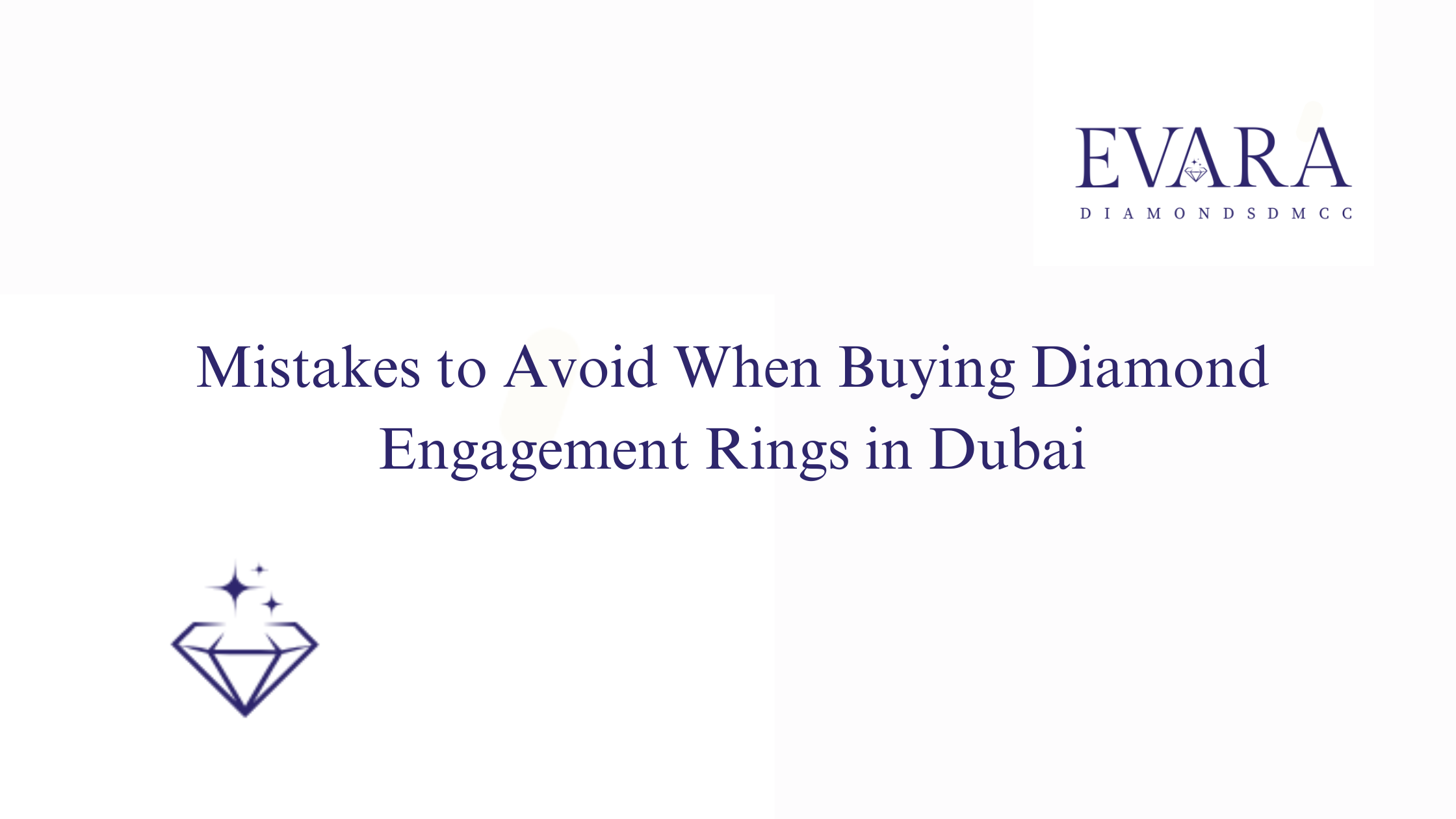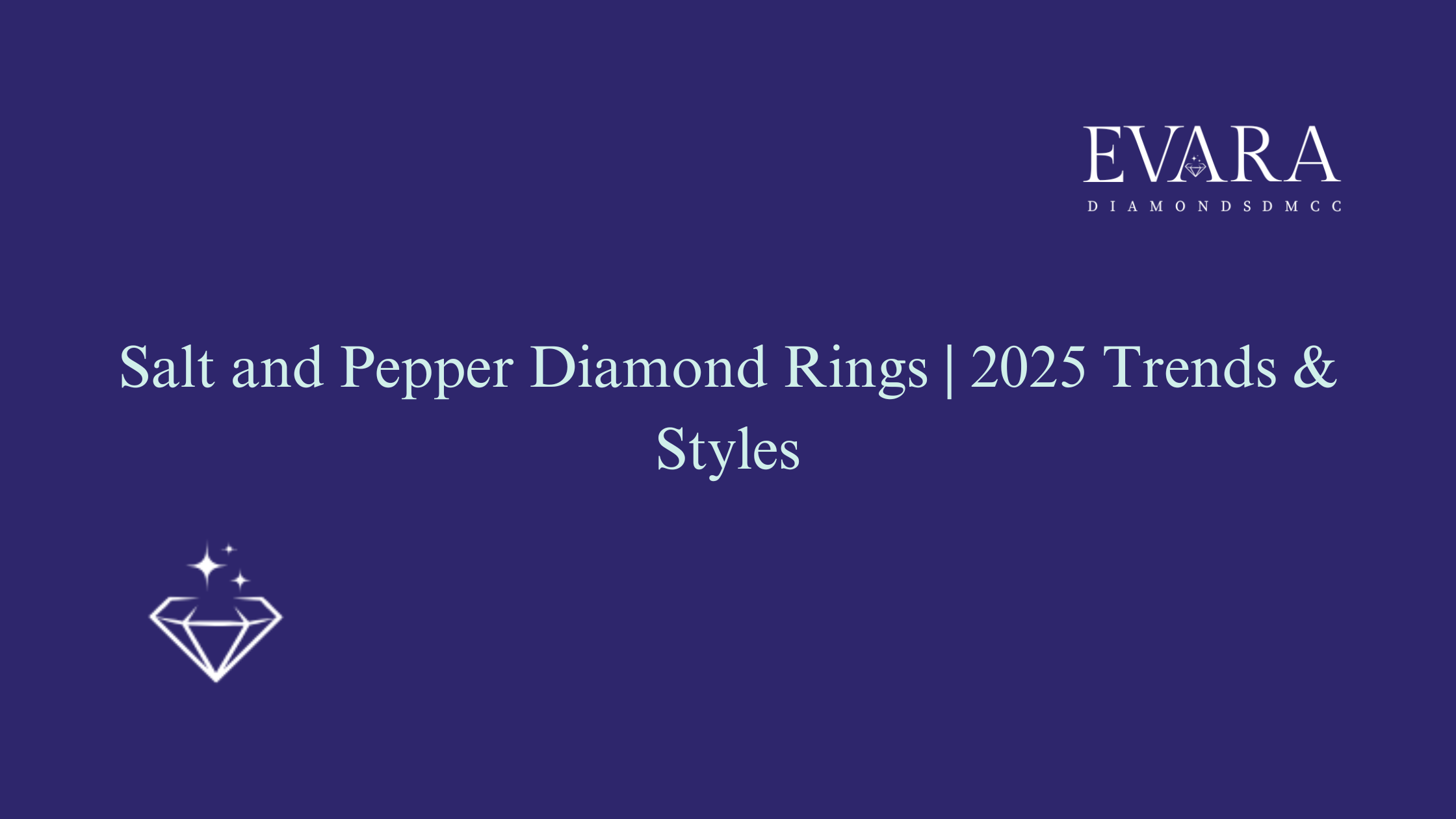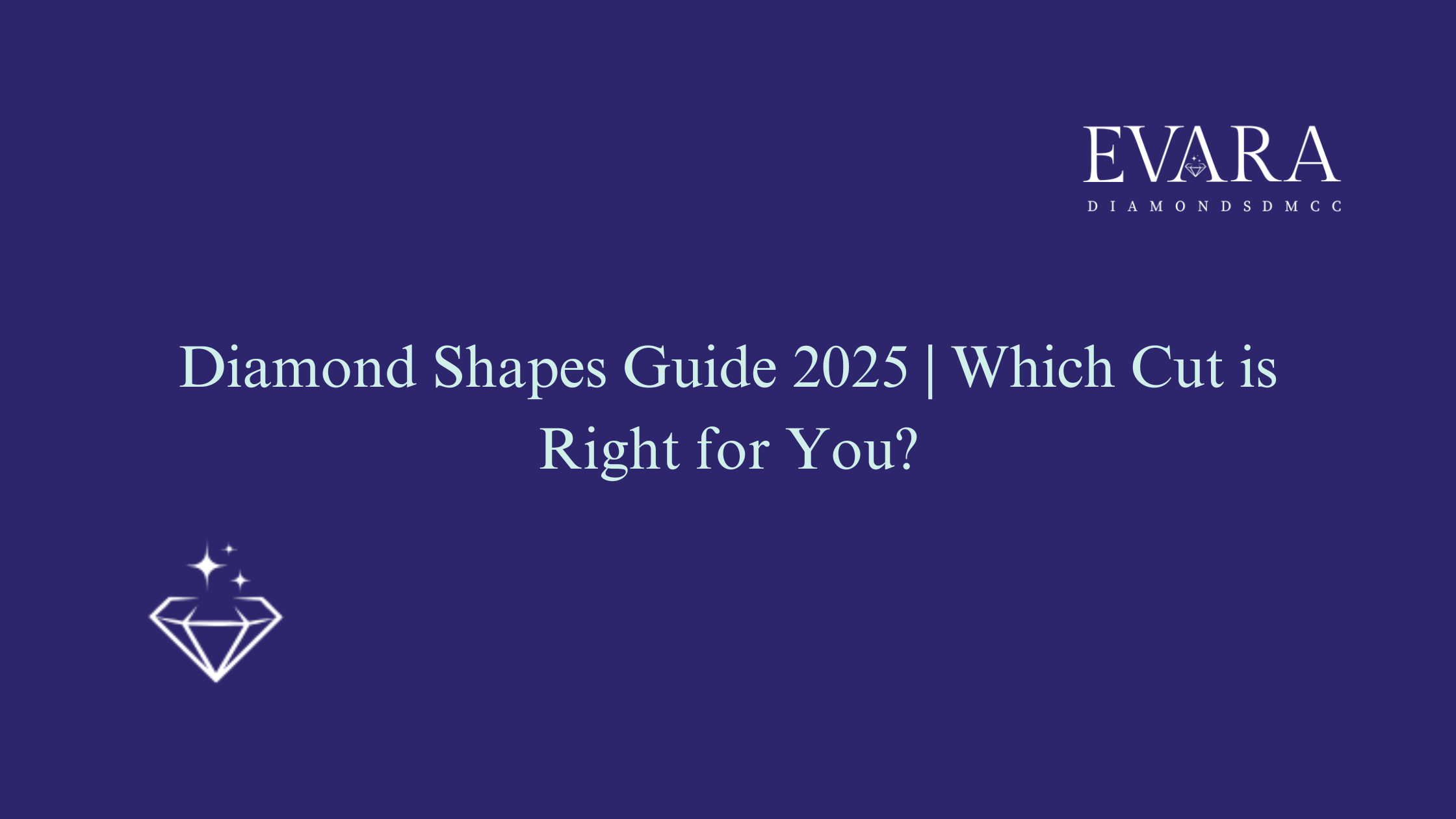Diamond Clarity Chart
The clarity of diamond plays a major role in establishing its quality and value. There are different clarity levels of diamonds in the real world, from virtually flawless to downright cloudy. Among the factors that affect diamond clarity are inclusions and blemishes, as well as light. Today, we’ll walk you through the different factors affecting diamond clarity and show how to use a diamond clarity chart to have a deeper understanding of your beloved precious stone.
What Does Diamond Clarity Mean?
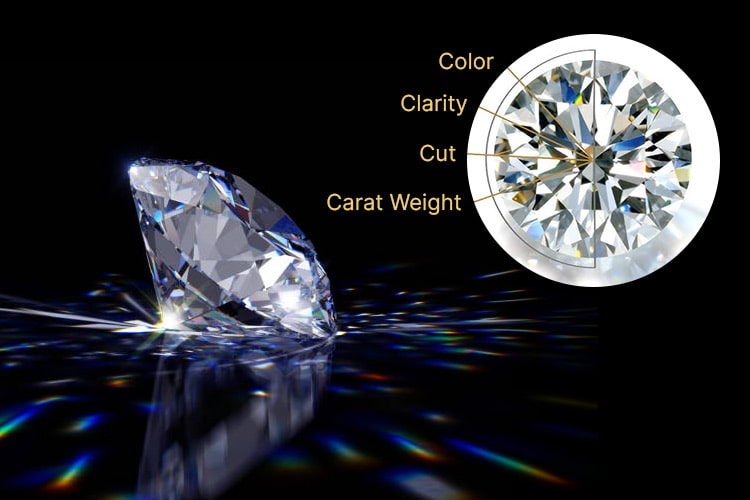
Diamond Clarity signifies the relative absence (or presence) of external flaws (blemishes) and internal imperfections (inclusions) that contribute to the overall clarity of the gemstone. Clarity is one of the four pillars (i.e. Diamond Color, Carat, Cut, and Clarity) that define and establish a diamond’s quality and value.
The rule of four C’s of diamond quality was invented in 1940 by the Gemological Institute of America. Diamond clarity shows the level of a diamond’s clarity and cleanliness. The fact is almost every diamond in the world has some sort of inclusions or blemishes. They tend to occur during the process of formation of the diamond crystal.
The grading of diamonds based on clarity is governed by GIA, from scale Flawless to Included. Professionals examine the diamond under 10x magnification, which allows them to detect any imperfections/flaws. After the assessment is done, the diamond clarity is graded and added to the official certification report.
The small imperfections present over the surface are called blemishes and they can be found on the diamond’s surface in the form of scratches, pits, or nicks. On the other hand, diamond inclusions form during the crystallization process under extensive pressure and heat, and often appear in the form of tiny crystals, feathers, pin-point marks, etc.
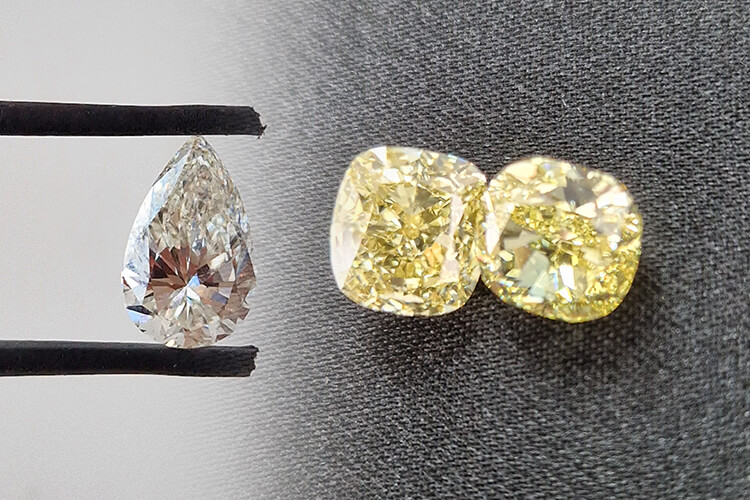
Diamond Scale
The GIA in 1953 standardized the diamond grades in 4 C’s – Cut, Color, Carat, and Clarity. Today, we use their 6-category, 11-level Clarity Scale at the global level to assess the numerous stages of imperfections within a diamond. The clarity grade chart helps in grading diamonds. Every diamond is graded, but not every diamond has a clarity grade.

Flawless (FL)
Without any visible inclusions or blemishes, Flawless are the elites that sit at the top. They belong to the 1% of all mined diamonds. Flawless diamonds are rare and pricey.

Internally Flawless (IF)
Internally flawless diamonds are free from all sorts of visible inclusions under 10x magnification, although they may have some amount of blemishes.

Very, Very Slightly Included (VVS1 and VVS2)
At this grade, diamonds have almost unnoticeable inclusions under 10x magnifications.

Very Slightly Included (VS1 and VS2)
Now at this stage inclusions are visible; however, they are not visible enough to be called major.

Slightly Included (SI1 and SI2)
Under 10x magnification, one can clearly see the noticeable inclusions at this grade.

Included (I1, I2, and I3)
Diamonds at this stage have visible inclusions that affect their appearance, transparency, and brilliance as well.
Does Diamond Clarity Affect the Diamond Price?
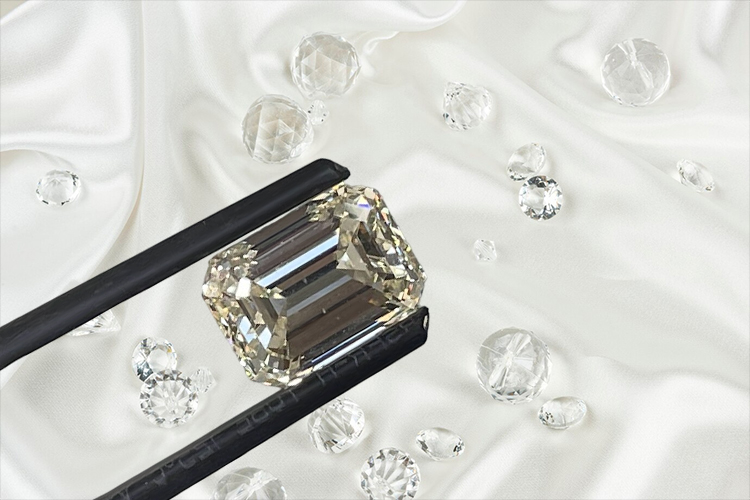
Yes, diamond inclusions does affect its price. The price or value is directly proportional to the diamond’s clarity, the more the clarity, the more the price, and vice-versa. That’s the reason flawless diamonds are highly priced as they hold the rarest clarity grade. In contrast, ‘Included-I’ clarity grade diamonds which are I1, I2, and I3, are low priced as they aren’t so rare.
Diamond Grading Factors: How is Clarity Graded?
Several factors are taken into consideration when measuring diamond inclusions, such as:
Size
Usually, with more inclusions, the impact on the inclusion grade also tends to increase. A stone’s durability can also be impacted by extra large, close-to-the-surface, or surface-reaching inclusions.
Number
The visibility factor plays a major role in judging the number of inclusions. However, the more the number of clarity characteristics, the lower the clarity grade becomes.
Position
Position identifies the location where inclusions and blemishes are present in the diamond. Imperfections can occur anywhere, internally or externally, however, the closer they are to the center of the table, the greater the impact it creates on clarity.
Nature
The nature of an inclusion implies its type and the degree of penetration within the diamond. External flaws are called blemishes and internal imperfections are called inclusions.
Relief
Relief signifies the distinctness in terms of inclusions or blemishes in contrast with the diamond. A low-relief inclusion is transparent or white, while a high-relief inclusion is dark. Relief has a direct effect on the overall clarity.
Types of Inclusions and Blemishes in Diammond
Blemishes refer to the external characteristics observed in diamonds while Inclusions are the internal characteristics. Here are the numerous types of Inclusions and Blemishes present in a diamond:
Inclusions

Feathers
In order to refer to a fracture within the diamond, we use the term feather. Appearance wise they look white and feathery.

Pinpoints
Pinpoints in a diamond refer to small pieces of crystals that look similar to tiny dots.

Clouds
When tiny pinpoints are grouped together, they are referred to as Clouds and they appear hazy when clustered together.

Crystals
Crystals are minerals present within the diamond. Colored or light-reflecting crystals are less desirable and more obvious to the naked eye.
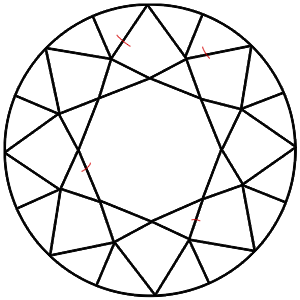
Needles
When magnified, needles appear as tiny rod-shaped crystals that are extremely thin and elongated.
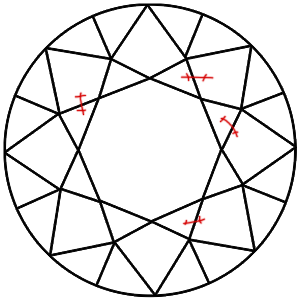
Twinning Wisps
Twinning Wisps resemble a chain-like series of pinpoints, crystals, or clouds, forming along the growth plane of a diamond in a chaotic pattern.
Blemishes
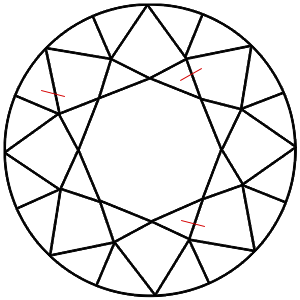
Scratches
Scratches are thin white colored grooves that appear across the surface of a diamond.
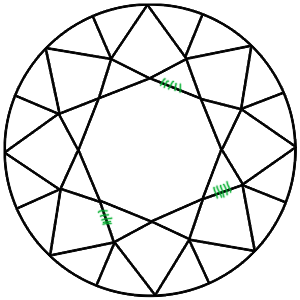
Polish Lines
Polish lines look like white or transparent parallel grooves, left behind from careless polishing. They don’t cross the facet junctions but can occur on any facet.

Naturals
They are portions of the original rough diamond that are left on the surface of the polished stone, somewhere close to the girdle.
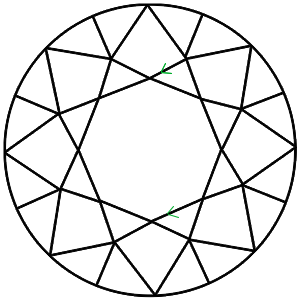
Nicks
A nick is a wedge-shaped notch that appears along facet junctions, usually along the girdle edge or at the culet.
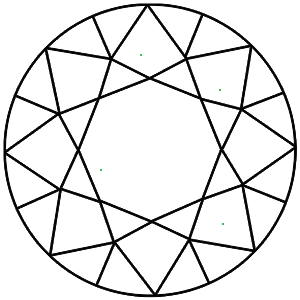
Pit
A pit refers to a small opening that appears similar to a tiny white dot.
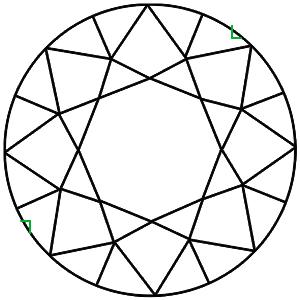
Chip
Chip is nothing but a shallow opening on the surface of a stone that often occurs at the girdle or culet.
Tips for Choosing a Diamond Clarity Grade
Selecting the right diamond can be a tedious task, especially when there are endless combinations of 4 C’s – Cut, Color, Clarity, and Carat. To make your job easy, here are some tips to watch out for before choosing a clarity grade:
-
Check for an eye-clean diamond
Check whether or not the diamond is eye-clean. It is the most important factor when considering diamond clarity. Apart from flawless, any eye-clean diamond is considered good enough for clarity.
-
Start with Slightly and Very Slightly Included
Slightly Included and Very Slightly Included diamonds are generally eye-clean and their cost is also affordable. Therefore, start your search and adjust your budget accordingly to choose SI1 & SI2 and VS1 & VS2 diamonds.
-
Emphasize all 4C’s to strike a perfect combination
The ideal diamond will be a unique combination of 4C’s. If Carat is your main priority, go for a bigger diamond with lower clarity and cut grade. If you prefer clarity, then consider choosing a smaller, warmer-colored diamond.
-
Consider availing services from a gemologist
For VS2 or below diamonds, ask for a video or an image. Usually, diamonds within the same clarity grade can have contradictory appearances based on the location and inclusion sizes. A certified gemologist can greatly help in such cases.
-
Step-cut facets or Rectangular diamonds are highly transparent
If you are purchasing diamonds with rectangular or step-cut facets, for example, an asscher or emerald shape, you’ll be getting a higher clarity grade. This is because these cuts bring transparency so that you can see deeper into the stone.
-
Inclusions and blemishes aren’t flaws
Blemishes and Inclusions are not typically regarded as “flaws”. Jewelers named them as characteristics. If they are present in a diamond, the diamond’s value or WOW factor will not be declined in any matter whatsoever.
Common Myths about Diamond Clarity
There are various misconceptions regarding diamond clarity. Here are the most common ones along with their #factCheck
Misconception #1
Clarity is the Most Important 4C
Fact:- This statement is not always true. The fact is that all the four C’s, i.e. Diamond Cut, Clarity, Carat, and Color are equally important and relevant when deciding the value and grade of a diamond.
Misconception #2
Clarity of Diamonds Deteriorates Over Time
Fact:- The diamond’s clarity only diminishes if it is subjected to breaking or chipping. It is inversely proportional to the blemishes and inclusions. The more the inclusions and blemishes the less the clarity and vice-versa.
Misconception #3
More Inclusions Lead to Diamond Breakage
Fact:- Inclusions can only break a diamond in two scenarios, first, when a strong force is applied to it, and second, if they are large in size or situated at a vulnerable location. There is no other way a diamond can break.
Misconception #4
Diamond Clarity Can’t Be Enhanced
Fact:- This statement is not true, as it certainly can be improved. However, it doesn’t apply to all categories of diamonds as clarity depends on the kind of inclusions and blemishes present in the diamond.
Misconception #5
Fluorescence Affects the Clarity Grades
Fact:- This statement is false. Diamonds glow under ultraviolet (UV) light such as black light when they are exposed to fluorescence. Hence, the clarity of a diamond is least affected by fluorescence.
Misconception #6
A Naked Eye Can See All Inclusions Clearly
Fact:- No, it is not true. Despite having excellent eyesight, you will not be able to spot any inclusions or blemishes by holding the diamond closely. You can spot them only while examining the diamonds under 10x magnification.
Frequently Asked Question (FAQs)
What Is the Clarity Scale for Diamonds?
A diamond clarity chart is a tool used to assess the clarity of a diamond. It categorizes diamonds based on the presence and visibility of internal inclusions and surface blemishes. The scale starts from Flawless (FL) and finishes at the category ‘Included (I3)’. Talking about various scales, we have Flawless – FL, Internally Flawless – IF, Very, Very Slightly Included – VVS1 & VVS2, Very Slightly Included – VS1 & VS2, Slightly Included – SI1 & SI2, and Included (I1, I2, I3). The scale is useful when it comes to determining the diamond’s value and quality by assessing the flaws by magnifying it ten times.
Which Diamond Clarity Is Best?
The FL – Flawless Grade is considered the best diamond grade. Under 10x magnification, there are no such visible flaws (both internally and externally) in the diamond. Therefore, they are the most valuable and rare diamonds.
Why SI Diamonds And VS Diamonds Are The Best Value?
SI (Slightly Included) and VS (Very Slightly Included) diamonds offer excellent value because they have minor inclusions that are usually invisible to the naked eye. They provide a beautiful appearance at a more affordable price compared to higher clarity grades. This makes them a great choice for getting a stunning diamond without overspending.
Is VS1 Diamonds better or VS2?
VS1 certainly gets additional points when it comes to clarity. Although both of them fall under the ‘Very Slightly Included’ category, however, with fewer and smaller inclusions, VS1 diamonds hold more value in terms of beauty and desirability as compared to VS2 diamonds.
Shop Diamonds by Shape
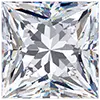
Princess
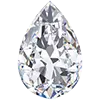
Pear
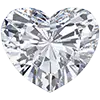
Heart
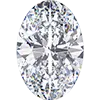
Oval
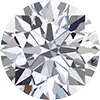
Round

Emerald
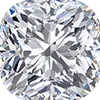
Cushion
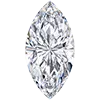
Marquise
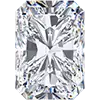
Radiant
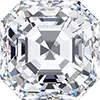
Asscher
50+years of excellence in the diamond industry
Recent Blogs
We provide valuable insights and knowledge for those who are interested in purchasing or simply learning more about these exquisite gems.
